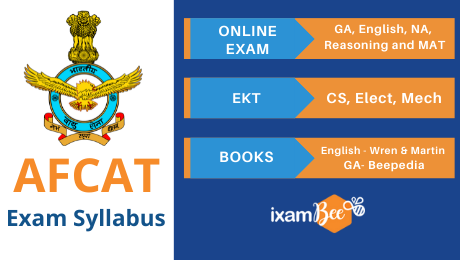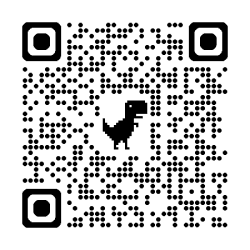- Details
- Ask Us?
Syllabus

To score well in the AFCAT exam 2023, you need to be well aware of the complete AFCAT-1 2023 syllabus after you have acquainted yourself with all the relevant information like the eligibility & exam pattern. You will only be able to score well in the exam if you cover the entire syllabus of AFCAT-1 2023 exam diligently. You cannot leave out anything during the exam preparation.
Take a look at the complete AFCAT syllabus and start preparing for the exam.
| Section | Topics |
|---|---|
| English | Comprehension, Detect Error in Sentence, Sentence Completion/ Filling in of correct word, Synonym/ Antonym, Cloze Test or Fill in the Gaps in a paragraph, Idioms and Phrases, Analogy, Sentence Rearranging, Substitution in a Sentence/ One Word Substitution. |
| General Awareness | History, Geography, Sports, National & International Organisations, Art & Culture, Personalities, Environment & Ecology, Indian Politics, Economy, Basic Science Based Knowledge, Science & Technology, Current Affairs (National & International) [BeePedia], Defence. |
| Numerical Ability | Decimal Fraction, Time and Work, Average/Percentage, Profit & Loss, Ratio & Proportion, Simple and Compound Interest, Time & Distance and Races (Trains/ Boats & Streams), Area and Perimeter, Probability, Number System & Number Series, Mixture & Allegation Rules, Clocks |
| Reasoning and Military Aptitude Test | Verbal and Non-Verbal Reasoning |
| The standard of Numerical Ability Questions will be of Matriculation level. The standard of questions in other subjects will be of graduation level (Indian University). | |
If you are applying under the technical branch, the detailed AFCAT-1 2023 syllabus is given below.
Syllabus: Computer Science Engineering
| Syllabus for Computer Science Engineering |
|---|
|
Syllabus: Electrical and Electronics Engineering
| Syllabus for Electrical and Electronics Engineering |
|---|
|
Syllabus: Mechanical Engineering
| Syllabus for Mechanical Engineering |
|---|
|
Books
Books play the most important role in the preparation for any exam. Regardless of being in a digital era, offline resources come in handy and are always available whenever you require them. To score well in the AFCAT-1 2023 exam, it is extremely important to have good quality AFCAT exam books with you. Take a look at some of the useful books listed below.
| Subjects | Books | Author / Publication |
|---|---|---|
| General Awareness | General Knowledge | Lucent |
| Manorama Yearbook | Mammen Mathew | |
| General Knowledge for AFCAT Exam | Disha Experts | |
| Verbal Ability | Objective General English | Dr. RS Aggarwal |
| Verbal Reasoning | Bhupendra Kumar Singh | |
| Numerical Ability | Quantitative Aptitude for Competitive Examinations | RS Aggarwal / S Chand Publication |
| Objective Arithmetic | S Chand | |
| Quantitative Aptitude | Disha Publication | |
| Aptitude Test | Quantitative Aptitude | S. Chand |
| Quantitative Aptitude for Competitive Exams | McGraw-Hill Education | |
| AFCAT Overall Preparation Books | AFCAT - For Flying, Technical and Ground Duty Branch | Arihant Experts |
| AFCAT (Air Force Common Admission Test) Exam Guide: For Flying and Technical Branch (Popular Master Guide) | R.Gupta | |
| Let's Crack AFCAT - Air Force Common Admission Test | SSBCrack | |
| AFCAT Topic Wise Solved Papers(2011-2019) | Disha Experts | |
| AFCAT- The First Step Book | Defence Direct Education |
Blog
- RBI Assistant Prelims Exam 2025: Last-Minute Preparation Tips
- RBI Assistant Exam Preparation 2025: Best Study Material for Prelims and Mains Exam
- RBI’s Digital Lending Guidelines: What You Need to Know
- Everything to know about RBI Grade B Previous Year Cutoffs
- Ace RBI Grade B Interview with Prachi Agarwal – Part 2


